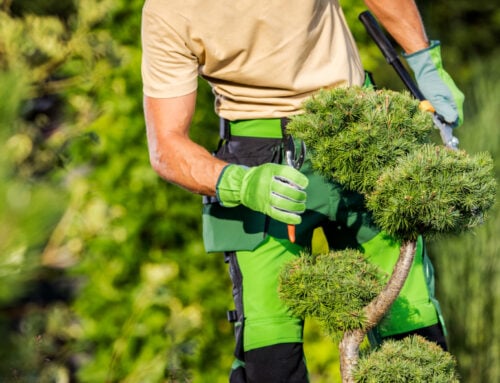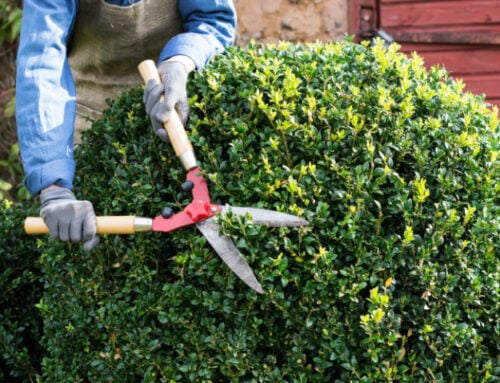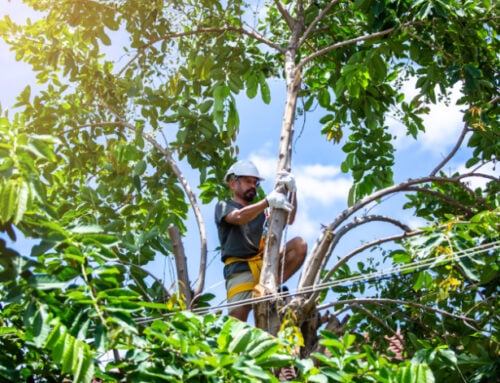Tree removing services are necessary for various situations. Sometimes, trees may appear healthy but are damaged on the inside. Professional arborists can assess whether it is time for tree removing services or not, as well when to plant a new tree.
Although these experts have the tools to determine a tree’s health, there are some visible signs that indicate you should have your tree removed. Consider these strategies in telling if you need tree removing services.
Hanging Branches in the Tree Crown
If you notice any dead or hanging branches in the crown, your tree may have underlying problems. For reference, the crown is the upper area where branches grow from the trunk.
Perhaps you think that a tree has only grown big enough that its branches have gotten heavy. While that may be true in some tree types, yours may be diseased, causing branches in the upper crown to weaken and hang.
Consider getting tree removing services to assess your situation. Most cases only require experts to trim and prune those branches. However, the risk of spreading the disease to other branches remains, which is why other cases call for removing tree entirely.
Slow-Growing Twigs in the Branches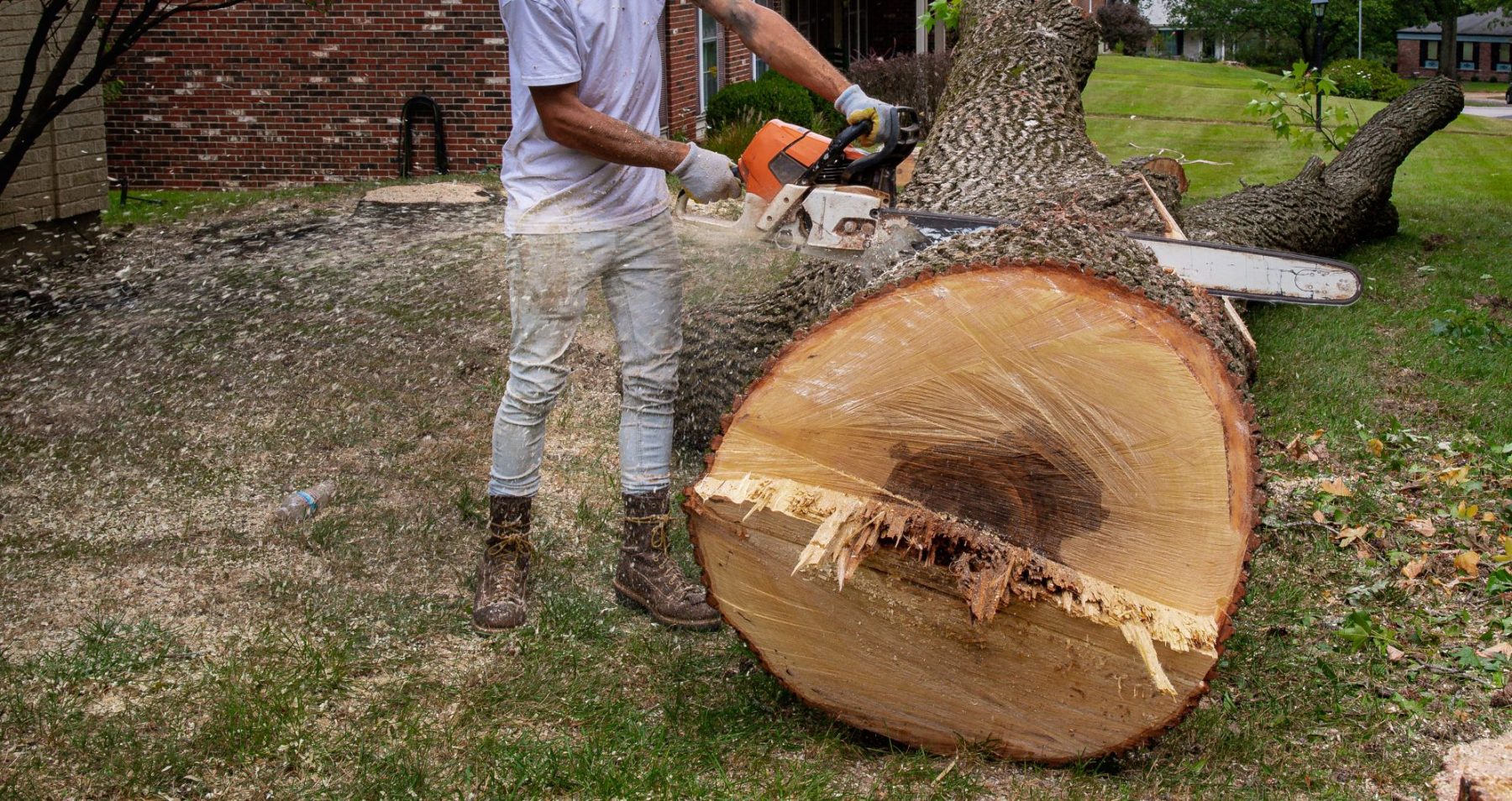
Look at the ends of your tree branches and see if you notice any twigs. Healthy trees should have fine twigs that grow living buds. Your tree may have a disease that needs removal if the fine twigs have no living buds around the branch ends.
However, these twigs may only be growing slowly because of the season. Pay attention to these twigs around spring. They should leaf out during this time. Consider calling tree removing services if you notice that they fail to grow leaves even in the spring.
Cracking and Peeling Bark in the Trunk
Chipping or peeling in your tree trunks may indicate that it has gone through fluctuating growth conditions. Perhaps your area experienced a prolonged dry season and then sudden wet weather. The uneven growth manifests into vertical and horizontal cracks in your tree trunk.
Splitting bark may be minor enough that you can save your tree. You can cleave away part of the tree while ensuring that it remains intact to allow healing. However, major tree cracks indicate that your tree should be removed. Try consulting with professional arborists to assess the damage and determine your options.
Hollowing in the Trunk
Tree trunk damage or large scaffold branches can cause tree hollows. These holes expose the sapwood, which will eventually heal but will remain as a tree cavity.
Hollow tree trunks do not mean that the tree is dead as it can still thrive despite the cavity. However, your tree may need to be removed if more than half of its structure is damaged. Exposure from the hollow can compromise the overall trunk health, making it dangerous. The rotting could cause the tree to fall over and injure someone.
Growing Fungi at the Base
Rotten trees may have decay-producing fungi growing at their trunk’s base, indicating trunk rot. In the same vein, mushrooms growing at the bottom of your tree may indicate root disease. Although not all fungi growing under your tree means that it has rotten roots, it’s best to get an arborist to evaluate your tree’s health if you find fungi around the tree. As with trunk hollowing, this may lead to the tree falling over if it’s not promptly removed.
LTRC Tree Removing Services
You can tell when your tree needs to be removed if there are signs of death and decay. These signs include low-drooping branches, slow-growing leaves, splitting bark, hollowing trunks, and fungi around the tree.
Mild cases may indicate that your tree is still salvageable. However, you will need special tools to assess the situation. If your tree does need to be removed, it’s best to call expert tree removing services from LTRC Tree to keep your property and household safe. Visit our website or call (404) 288-5872 today!
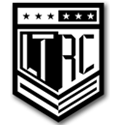
Contact Us For A Free Estimate!



